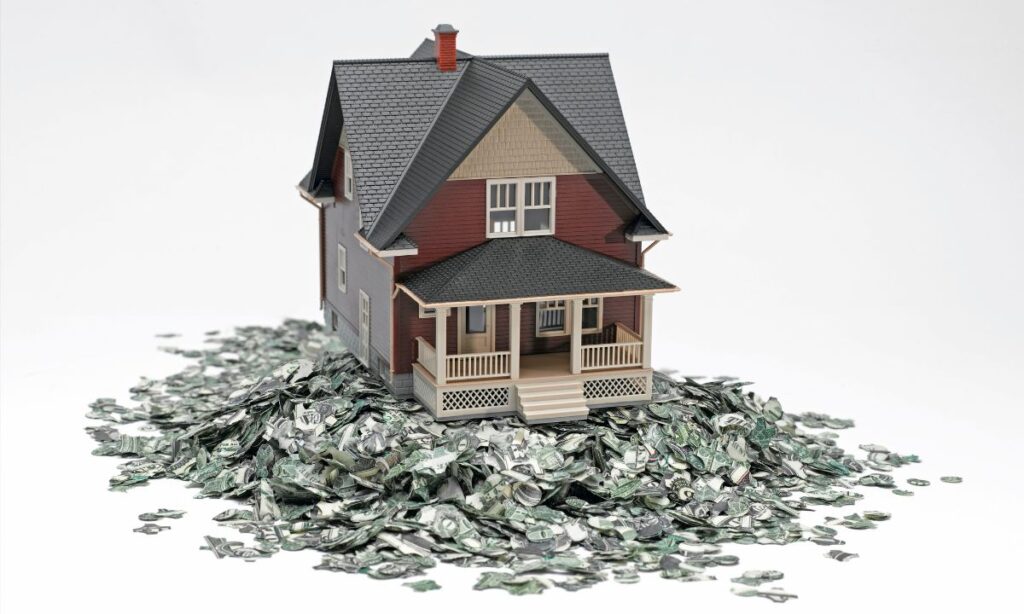 If you’ve received your Closing Disclosure from your lender, congratulations! You’re almost at the finish line of your home buying journey, ready to celebrate with keys in hand. The Closing Disclosure, or CD, is provided at least three business days before your closing appointment and details your loan terms, projected monthly payments, and the much-discussed “cash to close.” But what exactly is “cash to close,” and how is it calculated?
If you’ve received your Closing Disclosure from your lender, congratulations! You’re almost at the finish line of your home buying journey, ready to celebrate with keys in hand. The Closing Disclosure, or CD, is provided at least three business days before your closing appointment and details your loan terms, projected monthly payments, and the much-discussed “cash to close.” But what exactly is “cash to close,” and how is it calculated?
What is “Cash to Close”?
“Cash to close” is the total amount you’ll need to bring to your closing appointment to finalize your home purchase. It includes your down payment and closing costs, which are necessary to officially transfer ownership of the property to you. Each fee has a specific purpose, ensuring the legal and financial security of both you and the lender.
Breaking Down Closing Costs
Closing costs are part of the cash to close and cover a range of legal, administrative, and logistical fees associated with your mortgage. Here’s a look at some common components:
- Appraisal Fees: Typically paid by the buyer, this fee covers the cost of determining the fair market value of the home.
- Attorney Fees: These include charges for preparing closing documents and conducting a title search.
- Title Insurance: Provides protection if a third party claims ownership of the property.
- Application & Origination Fees: Cover lender costs for processing and underwriting your loan.
- Mortgage Insurance: Required for certain loans, this protects the lender if you default.
- Funding Fees: Charged for specific loan types like FHA, USDA, or VA loans.
- Pest Inspection Fees: Usually for termite inspections, particularly in certain areas or on specific property types.
Each of these fees will be listed individually on your CD and contribute to your total cash to close amount. Some lenders may allow you to roll certain costs into your loan, but this varies and depends on factors like loan type and lender policies.
Earnest Money Deposit (EMD) and Down Payment
If you made an earnest money deposit when you agreed to purchase the home, this amount is held in escrow and typically applied toward your closing costs. The down payment, a major part of the cash to close, is based on your loan type and the amount you agreed to put down, which can range from as little as 0% to as much as 20% or more of the purchase price. Your lender will review and confirm these details well before closing.
Payment Options for Closing Costs
Lenders usually require a certified payment method. Here are a few options to consider:
- Cashier’s Check: The most common form, which you can get from your bank. You’ll need the exact amount and payee information.
- Certified Check: Another bank-issued option, ensuring funds are available and verified.
- Wire Transfer: Convenient but requires advanced planning. Wire transfers can take a few days and should be carefully verified to avoid fraud.
Note: Cash, personal checks, and credit/debit cards aren’t accepted due to the high amounts and to ensure clear documentation of funds.
Verify all details on your Closing Disclosure and double-check your payment method with your lender. By staying informed and preparing early, you can ensure a seamless transition to homeownership.
Understanding “cash to close” can alleviate some of the uncertainty around finalizing your mortgage and help you walk confidently into your new home!




Comments on this entry are closed.